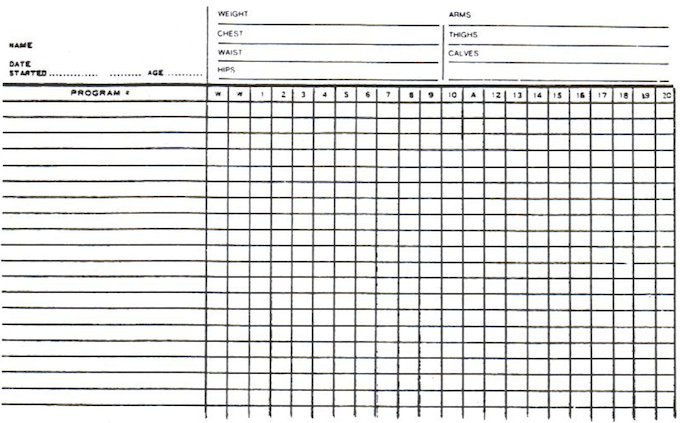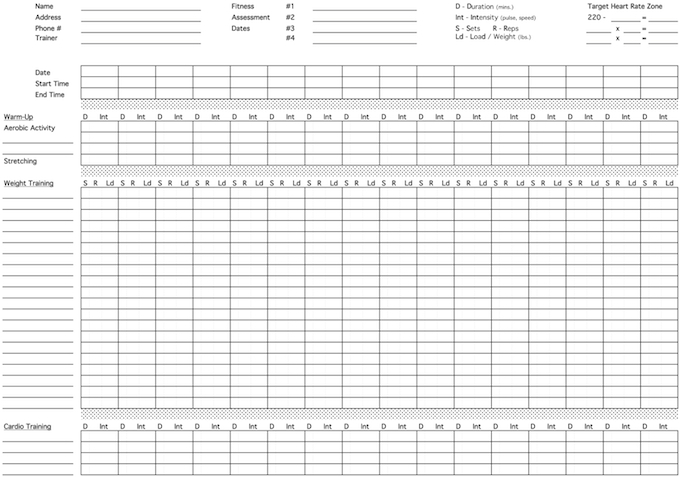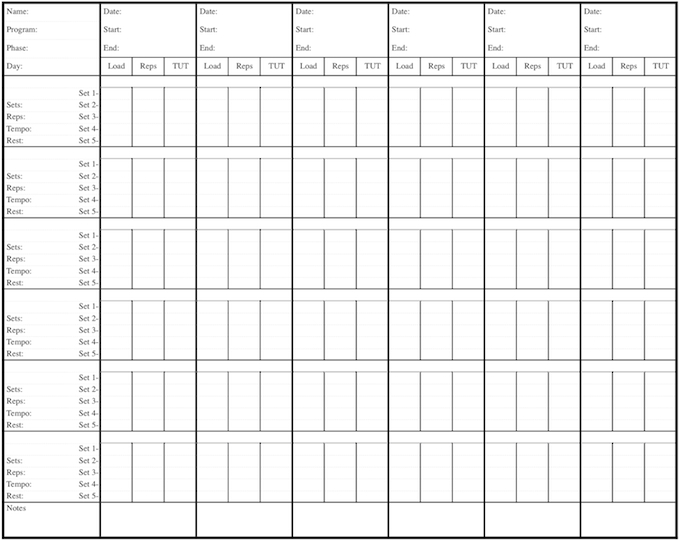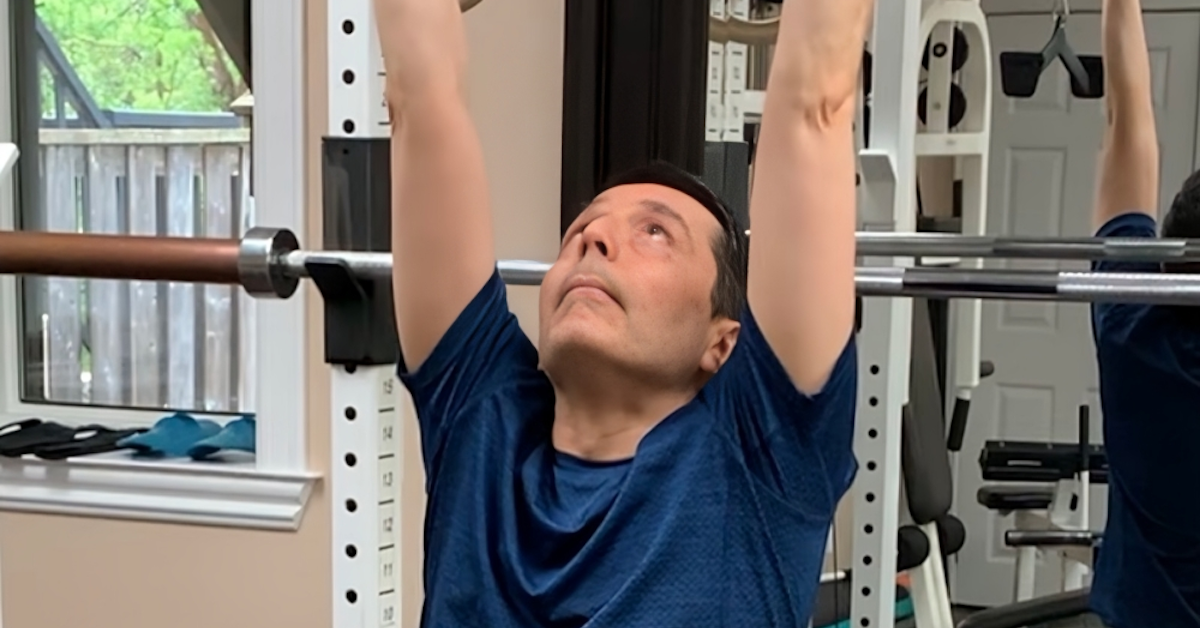When I first started as a fitness director at a commercial gym, this was the training log they used:

I created a more detailed version that allowed members to track their aerobic activity as well:

Later, I designed a log used strictly for strength training (click here for a high-res copy):

Why Keep a Training Log?
A training log is crucial for tracking progress. To truly determine whether you’re improving, you need to document every workout in detail.
At a minimum, your log should include:
- Date and start/end time of the workout
- Exercises performed
- Load used and repetitions completed
- Time under tension (TUT) for each set
Beyond the basics, additional notes can be extremely valuable. Recording details such as “feeling tired today,” “took 100 mg of caffeine pre-workout,” or “right calf strain” provides insight into how different factors impact your performance.
Tracking for Future Success
A well-maintained log doesn’t just record past workouts—it helps guide future training. Highlight successful exercises and programs while making note of necessary adjustments. Without a log, how can you possibly keep track of all these details?
Start logging your workouts today. The data you collect will be invaluable for making consistent, measurable progress.

Leo’s Chin-Up Journey (Day 1): From Zero to Hero
Can’t Do a Chin-Up? Neither Could Leo… But That’s About to Change. Leo started training with me back in September.

The Interference Effect: How to Maximize Strength and Endurance Gains
When it comes to fitness, many people strive to improve both strength and endurance. However, combining resistance and endurance training

How to Fix Lagging Body Parts: Proven Training Strategies
If you have a muscle group that refuses to grow, you have two options: Let’s break down both strategies and
follow
Error: No feed with the ID 2 found.
Please go to the Instagram Feed settings page to create a feed.
